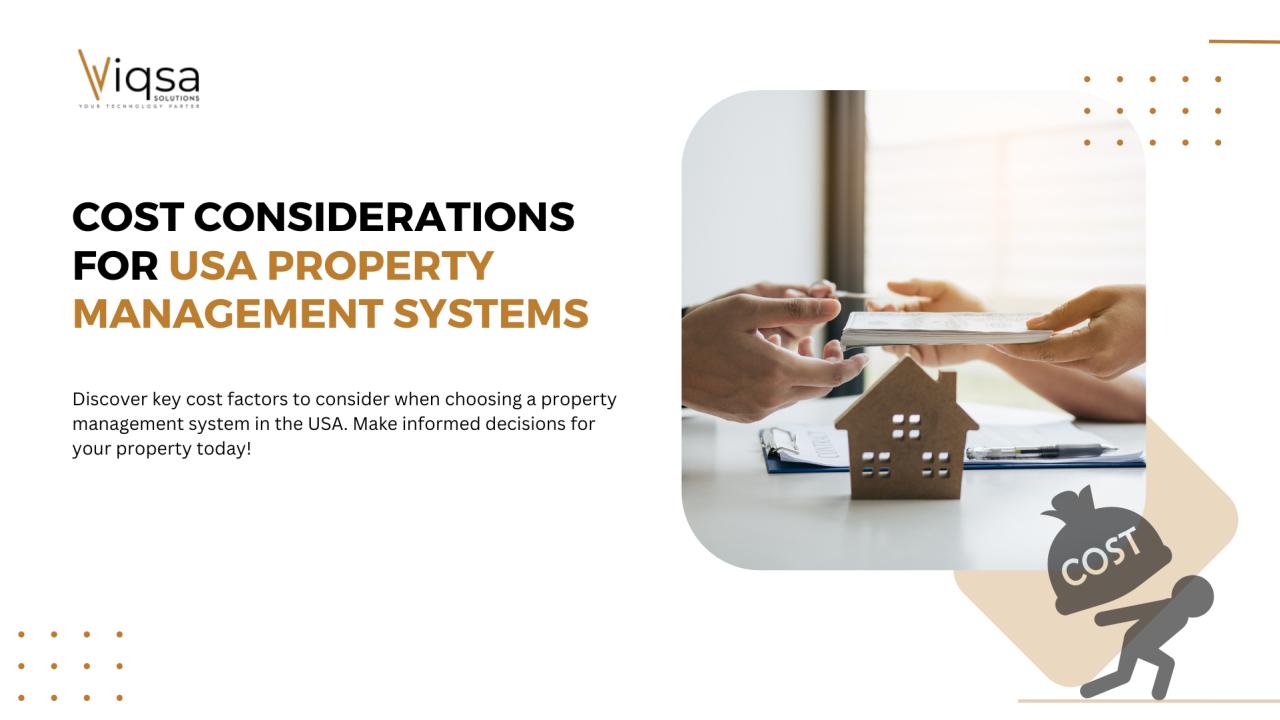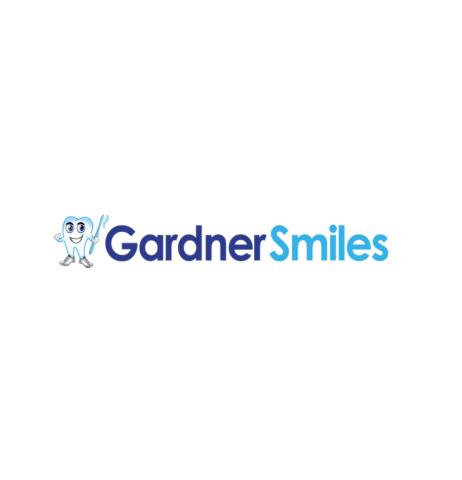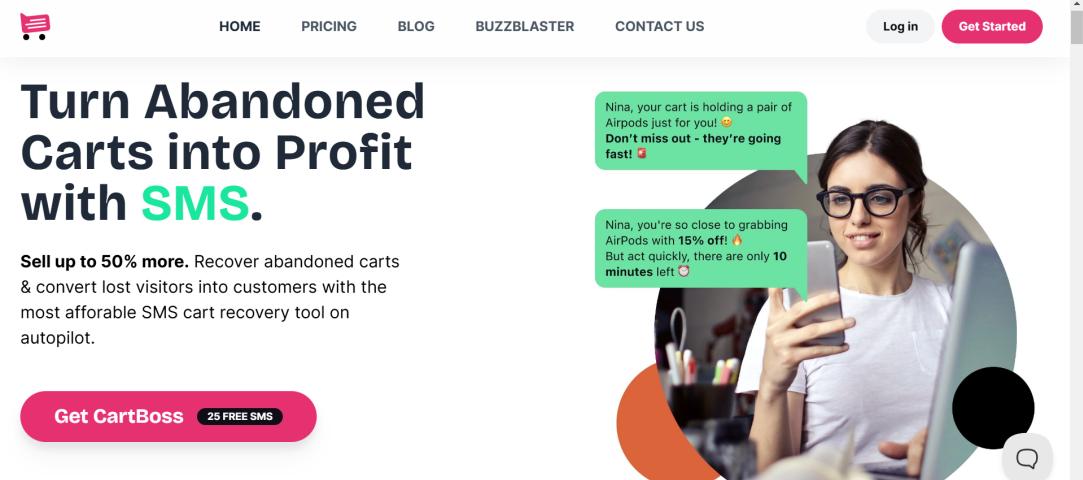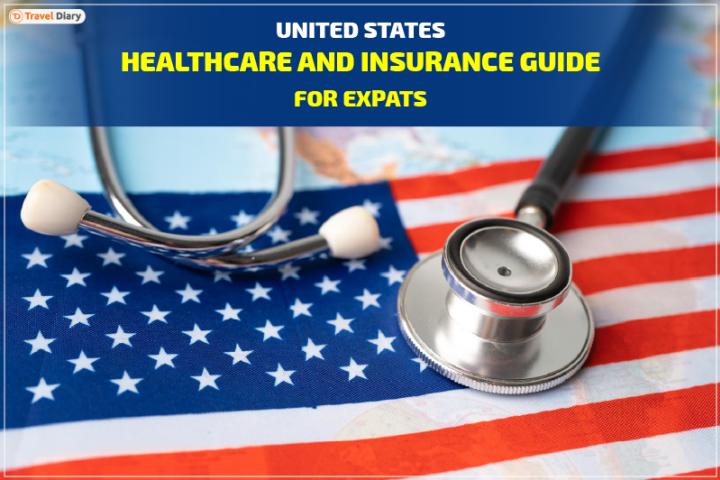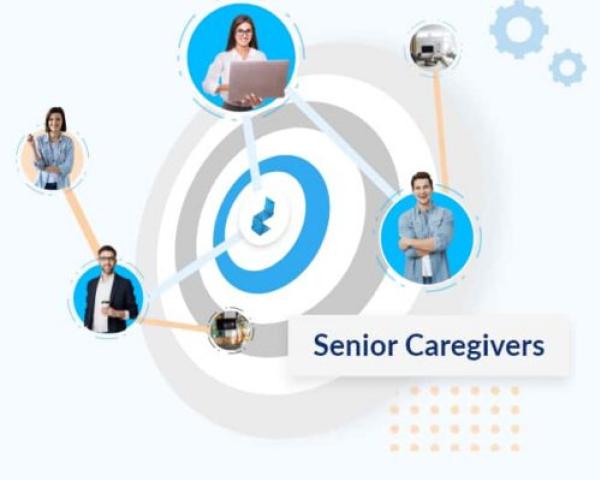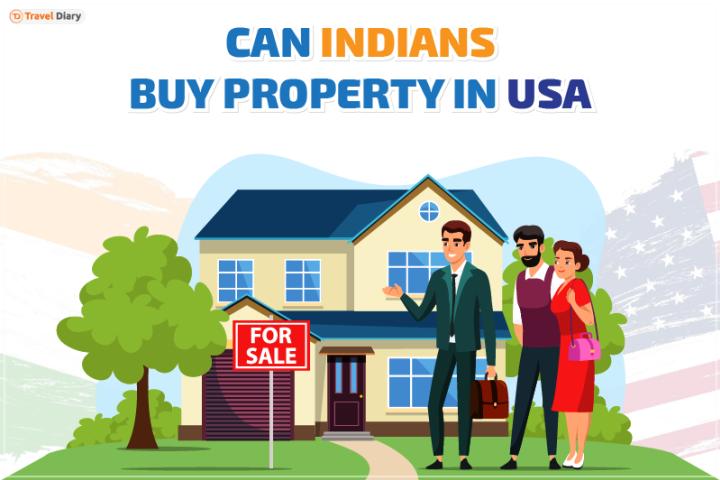What Are the Cost Considerations When Choosing a Property Management System in the USA?
In terms of managing properties effectively, property management is a must. A Property Management System (PMS) is an indispensable tool for property owners and real estate agents throughout the USA. The best system can streamline routine operations, reduce tasks, and decrease workload, ultimately increasing productivity. However, the cost of setting up and maintaining a system is a major aspect to consider. We'll discuss the various costs and factors you should consider when selecting the right property management system in the USA.
Understanding Property Management Systems in the USA
A Property Management System (PMS) is a program designed to assist landlords and property managers in automating their workflows, such as managing tenant rental collections, monitoring maintenance, and more. The cost of the system can vary depending on the features it offers, its scalability, and the specific requirements of the property industry. Before we delve into the cost implications, it is important to remember that PMS options range from simple solutions for small landlords to comprehensive systems for large corporations. With many options available, selecting the best one is a matter of understanding your budget and operational needs.
Why Cost Matters in Choosing a Property Management System
For small and self-employed landlords, the expense of management software is a significant concern. Budgetary constraints mean that each dollar invested in software must be justifiable. Therefore, choosing a solution that is cost-effective and includes the features you need without excessive frills is essential. Poorly chosen systems can result in costly ongoing expenses and even disruptions to operations.
Cost Factors for Property Management Systems in USA
Understanding the factors that affect the cost of property management software will aid you in making informed choices. Here are the main costs:
a. Licensing Fees
Property management software is typically available as subscription-based models or a one-time license fee. Subscription-based models are generally more flexible, allowing businesses to pay either monthly or annually. One-time fees typically have a higher upfront cost.
b. Number of Users and Properties Managed
Many PMS platforms base their pricing on the number of users and properties they manage. Larger portfolios and more team members can substantially raise the cost. Small landlords who manage a handful of units can save money by choosing systems suited to smaller-scale operations.
c. Modules and Features
Advanced features, such as tenant screening, maintenance tracking, accounting tools, and marketing modules, are priced at a premium. It's crucial to identify the features that are vital for your business to avoid paying for unnecessary extras.
d. Integration with Other Software
Certain systems provide seamless integration with third-party tools, such as accounting software (e.g., QuickBooks) or customer relationship management (CRM) systems. While these integrations are advantageous, they may incur additional costs.
e. Cloud-based vs. On-Premises Solutions
Cloud-based solutions usually cost less upfront since they do not require IT infrastructure or maintenance. However, they typically have recurring subscription costs, while on-premises solutions might require a larger initial investment.
f. Customer Support and Training
Don't forget to consider customer support and training costs. Many property management systems charge extra for premium support services or in-depth training sessions, which can add to the total cost.
Affordable Property Management Systems for Small Businesses in the USA
If you're a smaller enterprise or a solo owner, finding a low-cost software solution is essential. Some of the most popular and cost-effective choices include:
- Buildium: A great option for small to medium-sized property owners who want flexibility in their pricing plans.
- TenantCloud: Free for smaller landlords, with paid options to add additional features.
- SimplifyEm: A low-cost, easy-to-use software designed for landlords managing more than 75 units.
These systems are packed with important features that won't break the bank, making them ideal for those with a limited budget.
Factors That Influence Property Management Software Pricing in the USA
Several factors can affect the total cost of a PMS. Here are some to consider:
a. The Need for Customization
Customizing the software to meet your needs can result in additional charges, particularly if it requires significant customization or the development of new features.
b. Scalability
As your property portfolio expands, so will your software requirements. Solutions that can scale are typically costlier upfront, but they can save you money in the long run by accommodating business growth.
c. Mobile Access
In today's world, mobile access to your PMS is essential. However, some systems charge extra for mobile apps or advanced mobile functions.
d. Security Features
Robust security measures, including backup and encryption, are crucial for safeguarding important financial and tenant information. However, these measures may come at a premium.
How to Choose a Budget-Friendly Property Management System in USA
With so many variables affecting the cost, how can you select an affordable but efficient Property Management System? Here are some helpful tips:
1. Define Your Business Needs
Before you look at pricing consider your needs for managing property. Are you managing a modest collection of residential properties or do you require a system for managing a large-scale commercial property?
2. Compare the features vs. Price
Make sure you pay for features you'll utilize. Do not invest in systems that have features that do not pertain to your business, since it will cost you more.
3. Look for Scalable Solutions
Select a platform that is scalable to your business. Certain systems have different pricing structures depending upon the amount of portfolio you have, which allows you to grow without changing platforms.
4. Check for Free Trials and Demos
Many PMS companies offer trial or demo versions for free. Make use of these opportunities to try out the functionality of the system before deciding to purchase.
5. Consider Long-Term Costs
Be sure to evaluate both the initial and ongoing expenses that the program will incur. Although it might appear to be affordable at first may be expensive when added fees, extra charges, or upgrades in time.
The Role of Free Trials and Demos in Cost Evaluation
Demos and trials for free are great ways to evaluate the benefits of management software. Through these trial periods, you will be able to explore the options, evaluate user-friendliness, and see if the system can meet your requirements without having to commit to a financial commitment. Make sure to take advantage of trial trials for free when they're available.
Best Cost-Effective Property Management Software for Landlords in the USA
The most affordable choices in the USA are:
AppFolio is known for its low-cost and feature-rich platform.
Rentec Direct: Offers a combination of features that are essential at moderate prices.
Cozy: A free solution for landlords that are independent with smaller portfolios.
These platforms strike a delicate balance between affordability and functionality which makes them ideal choices for landlords.
Hidden Costs to Watch Out For
Although the initial cost of property management software might appear reasonable however hidden costs may add up as time passes. Pay attention to charges relating to:
Data migration
System upgrades
Add-ons to the software for advanced capabilities
Training and support fees regularly
How Cloud-Based Property Management Systems Save Money
Cloud-based systems can save money on IT equipment and maintenance costs. They also provide subscription plans that are affordable in the short term. Through automatic updates, you can save on the cost of updates.
Common Pricing Models for Property Management Systems
PMS providers generally offer two major pricing models:
Flat-rate pricing is when you pay a set amount, regardless of the number of houses you own.
Pay-per-unit prices are a method of pricing based on how many properties you own, that can increase when your portfolio grows.
The Importance of Investing in the Right Software
Making the investment in the best software could result in savings in the long run through the reduction of manual work, enhancing efficiency, and eliminating errors. Selecting the wrong software in turn can result in wasting money, and the necessity to change systems later.
The Future of Property Management Software Pricing in the USA
With the advancement of technology, which includes AI-driven functions, we are expecting the property management system to get more advanced. However, these capabilities can increase prices, so it is crucial for companies to weigh the advantages of these new features versus the cost.
Frequently Asked Questions
1. What is the average cost of a property management system in the USA?
The cost can range from $50 to $400 per month, depending on the features and number of properties managed.
2. Can small landlords afford professional property management software?
Yes, several affordable options are available, including free and low-cost systems designed for smaller landlords.
3. What are the most important features to look for in a low-cost PMS?
Focus on core features like rent collection, maintenance tracking, and tenant communication.
4. Is cloud-based property management software cheaper in the long run?
For many, cloud-based solutions offer lower upfront costs and eliminate the need for IT infrastructure, making them more affordable over time.
5. How do free trials help in evaluating property management systems?
Free trials allow you to test features, usability, and compatibility with your operations before making a financial commitment.
Conclusion
Selecting the best property management system for your needs in the USA is a careful evaluation of costs, including licensing costs and integration requirements, to the ability to scale and mobile functions. When you consider both the immediate cost and the long-term cost it is possible to find an option that will maximize the efficiency of your system without exceeding your budget. If you are looking for the ideal property management system? Contact Viqsa Solutions, the best property management service provider in the USA.
